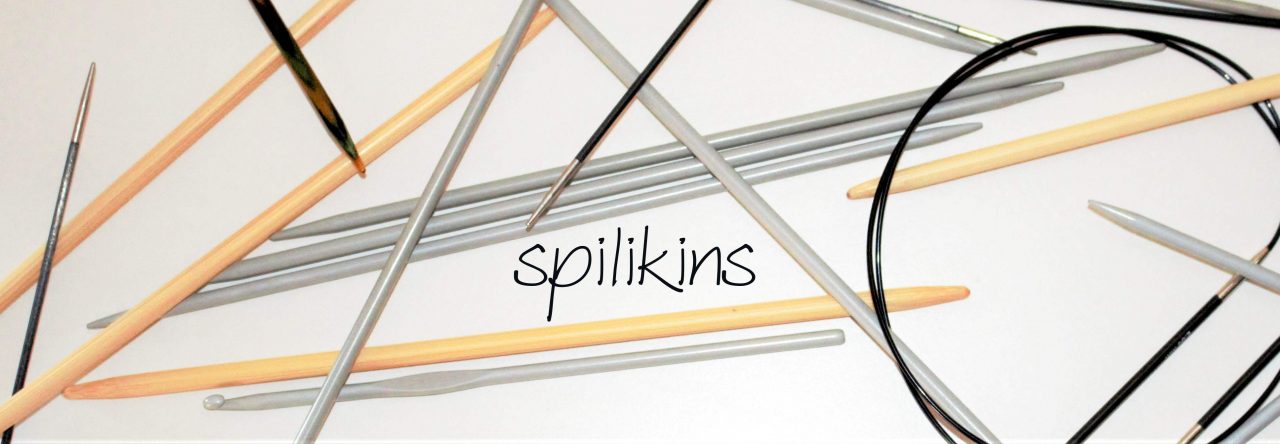So much rain this summer, but there’s an upside to that – what with the car not working, and the holidaying this month, it’s probably the only reason the tomatoes are still alive. Got up there a couple of days ago, and was pleased to find that they’d not keeled over with blight (so there’s no way that could’ve been blight on the spuds, I reckon), and they’d not actually started to ripen yet (another silver lining of the cool summer). This might seem like an odd thing to be pleased about, but I’d got visions of finding lots of overripe tomatoes going to waste when I got up there.
This photo taken *after* some extensive pruning, stopping and side-shoot removal. I don’t think it’ll be long before the first Sungold start coming in – the ‘oldest’ toms on the lowest trusses are just starting to turn.
We have foxes on the allotments, unsurprisingly, as well as the equally common two-footed variety of pest now and again, but the soft earth revealed we’ve had some more interesting visitors recently –
Two pads – deer!
The old allotment regularly had deer visiting, as well as invisible rabbits, but it was further out of the city, and I was quite surprised to find we have them at Petershill too. I don’t suppose we’ll ever see them, what with all the noise we usually make when we’re up there en masse – and when I’m up there on my own I’m usually looking at the ground.
The sweetcorn, looking weird, and not nearly as tall as it ought.
Pumpkins looking good, though!
I forgot to harvest the one sizeable courgette while I was up there – need to get back up there soon. The shallots (which are also weird – I’ve never seen shallots bolt before this year) are only half harvested, though I managed to get all the rest of the Japanese over-wintered onions out, and the garlic still needs lifting. And the leeks are desperate to be planted in their final positions.
I didn’t photograph the brassicas – well, that’s not strictly true, I took one photo of the over-wintering cauliflowers I put out last time we were up, if only to record the damage that’s been done to them. I covered them with wire mesh, so I’m fairly certain it was slugs rather than pigeons – unfortunately this has rendered the photo entirely pointless, as you can hardly see through the mesh. The PSB-lings in the nursery bed look equally munched on – I’m really, really not happy about that, I’m hoping they can still be saved.
On the upside, most of the calabrese I planted out looks fine and healthy – I may have to take the netting off one end of it, where the plants have grown tallest. You can just about make them out in the bottom of the photo of the sweetcorn, above.
























